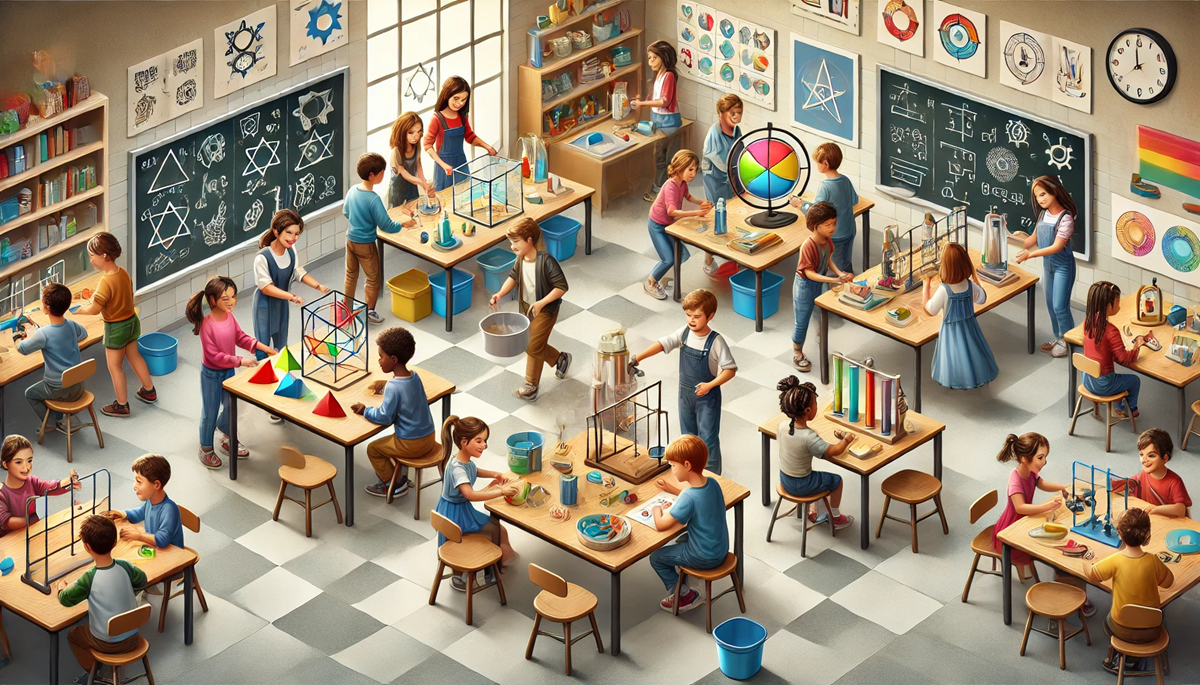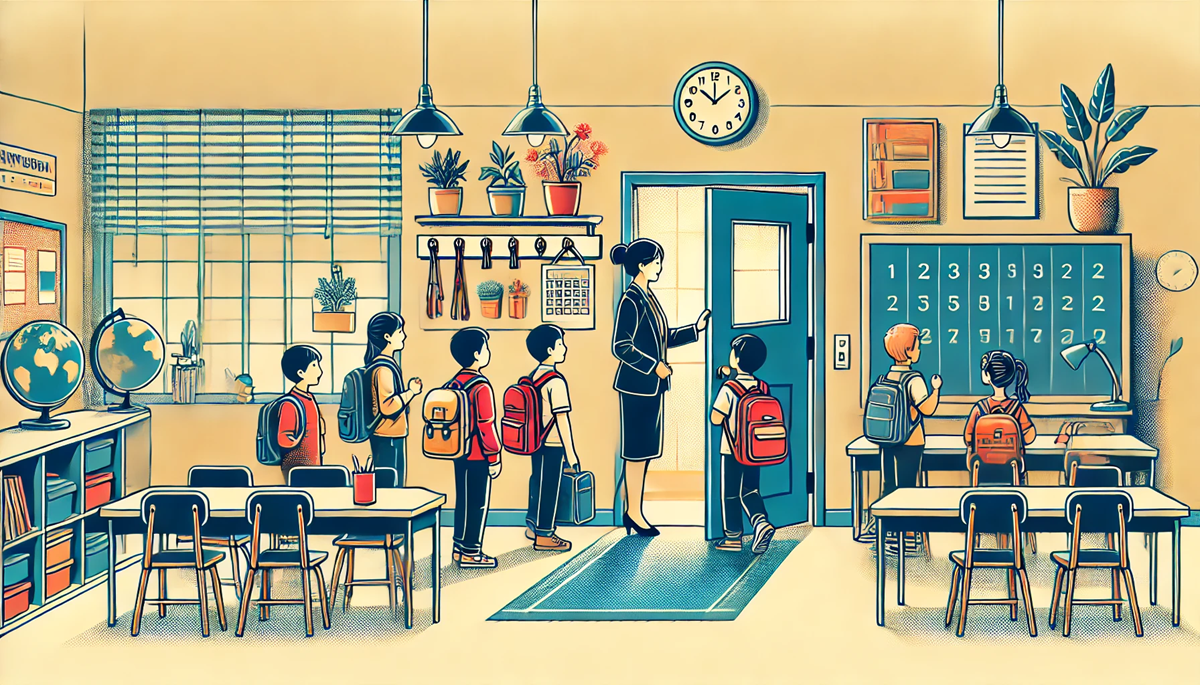Have you ever wondered about how to set up a school network?
In this post, we share a couple of key lessons to do so.
Contents
Lesson #1: Grouping the participants
Ensemble Learning is a national organization committed to fixing the inequities in the education system by improving how schools serve students – especially our most underserved.
To accomplish this work, we’re working directly with charter school leaders in three different pilots to provide space, expertise, collaboration and resources they can leverage to address the challenges at their school sites.
Along the way, we’ve learned a lot about the best way to build networks of charter school operators to improve instruction.
The first lesson we learned is how to group the participants.
In one case, we looked at data for a gap in achievement between English learners and native speakers in a specific region and invited those CMOs to work with us.
In the second pilot, we put out a national RFP focused on helping teachers who teach learners with disabilities. The final pilot allowed any CMO of a certain size in a specific city to participate.
Our conclusion is that there is no single way.
Although the data was important to identify a common need, the impetus for improvement did not come organically from the organization. We were an outside agency offering a way to take action.
Offering an RFP provided an active route for organizations to commit, but many of the individual participants weren’t sure why they were part of the pilot.
Finally, the geographic group of charter schools could not identify a common problem they were all able to address.
In our future networks, we’ll use a combination of approaches.
First, we’ll use data to identify schools with a common instructional need. Next, we’ll introduce ourselves, explain the project and make sure the right individuals are aware of the work we’ll do.
Finally, we’ll ask them to do a simple RFP that includes every participant signing before submitting.
Lesson #2: You never get a second change at first impressions
You never get a second chance at first impressions.
This could not be more true then when you’re starting a network of schools. You’re trying to build relationships, set the course for the work and add provide some expertise in one meeting. We’ve tried different doses of each and have been able to strike a good balance.
Here’s what we’ve learned:
It’s going to be awkward!
Being an introvert, I’m always reluctant to force people to talk to others that they don’t know.
I had to get over that and realize that the participants were never going to build relationships without facilitated conversations.
People may groan when you begin an icebreaker or energizer, but they always appreciate them afterwards. Like any kind of growth, it’s uncomfortable at first.
Conversations make the learning. I value the time that people give up to spend in a meeting.
I feel incredibly responsible to make every second valuable. Initially, this made the content for providing expertise difficult.
When I would chose an article or create an activity, I would worry about it being too simple for some of the experts in the room. After one meeting, I realized the activity was secondary to the conversation.
The depth of the conversations always left participants with a new learning. The expertise was in the room not the article.
You don’t have to wait until the meeting is over to get feedback.
I am a planner, so I think carefully about the agenda for a meeting. This is usually a great trait to have except when the meeting isn’t going well.
Once I’ve made a plan, I don’t like to change it. This is not great teaching or a good framework for running a meeting. I now ask for feedback on the agenda at every break. I make changes in the amount of time spent on an activity or scrape whole agenda items in service to the group and their feedback.
I still plan, but I walk in knowing the plan may change!
Many of these lessons seem obvious, but living them has cemented them in our program.
I hope others can learn from our mistakes!
Ready to learn more about how to set up a school network?
Ensemble Learning helps public schools select and implement field-tested and research-backed pedagogical practices, leading to a meaningful transformation in how we educate multilingual learners.
Whenever you are ready to explore a potential partnership with us, feel free to book a call.



